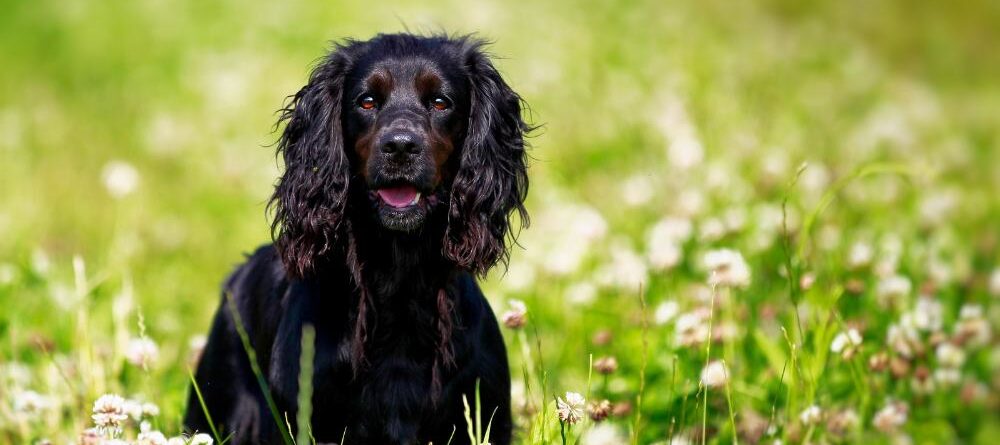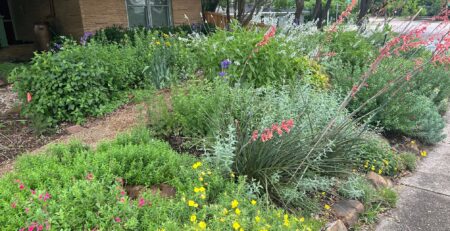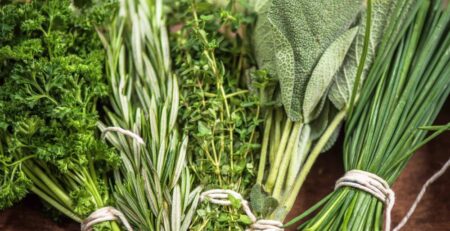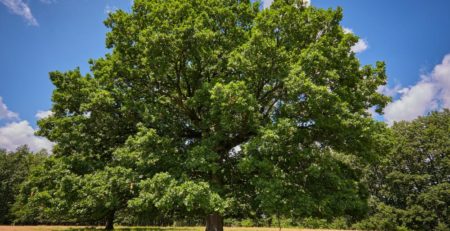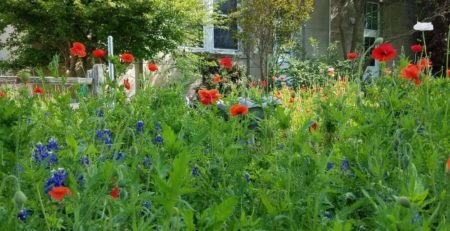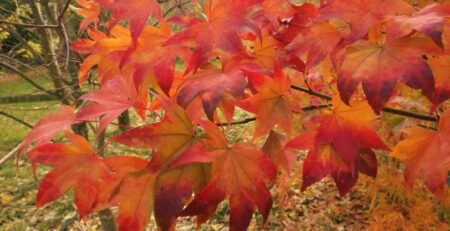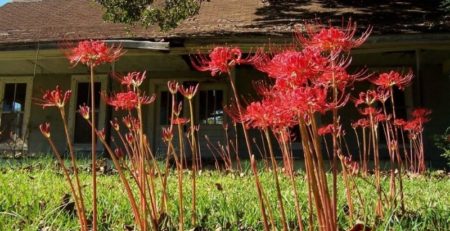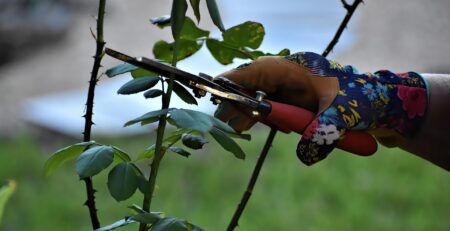Pet Friendly Landscapes
Gardeners who have pets have a bit of a challenge in designing gardens they love that keep their pets happy and safe. Fortunately, it is possible to do both if you keep a few things in mind.
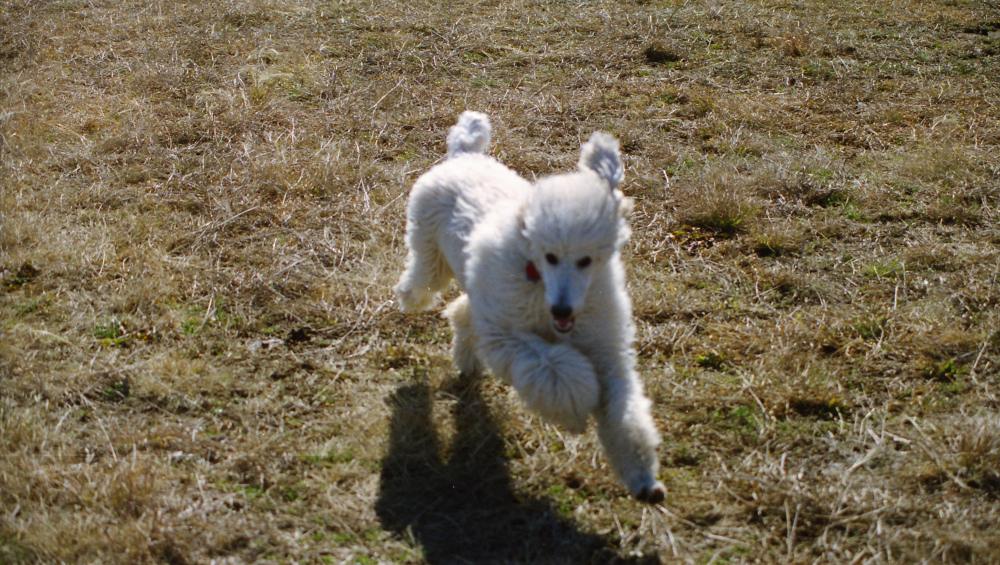
Beware Dangerous Plants
Before you plant something, make sure it is not toxic to pets. You can check the list of toxic plants the American Society for the Prevention of Cruelty to Animals keeps on their website. If you have existing vegetation in your yard, it is a good idea to print the list of toxic plants and make sure every plant, including weeds, in your yard is safe for your pets. Anything dangerous should be moved to an area your pets don’t frequent, such as the front yard. Plants with thorns need to go, too. In addition to being painful, thorns can puncture the eye, possibly causing blindness.
Other Dangers
Mulch is important to stabilize soil temperature and soil moisture around plants. However, cocoa mulch has the same chemical chocolate does, and can be fatal if your pet eats it. Use hardwood mulch instead.
Fertilizers and pesticides also pose a danger to your pet. Make sure they are stored where the pet cannot get to them. Keep your pet off the area treated according to the directions on the package of whatever you are applying. Pets’ fur soaks up the liquid and then they clean themselves, ingesting it.
Raised Landscape Beds
We often recommend making raised beds for landscape plants because of our clay gumbo soil. Raised beds are also a good way to prevent dogs from lying on your flowers. Teach the dog that a raised bed signals a place they are not permitted to go. Dogs are smart and will catch on fast. A short fence edging can reinforce the “stay out” message even more. When deciding where to place a raised bed, don’t place one across the path your dog travels, or you are just asking for problems. Pick a place they don’t use much, and everyone will be happier.
Plant Densely
When you plant your landscape beds, plant densely so the bed is full. This doesn’t give the pet a place to lie. Protect delicate plants with shrubs or hardy perennials on either side. Bury your drip irrigation so the pet doesn’t enter the bed seeking water.
Make Paths for Your Dog
Nobody likes a dog to track debris into the house. One way to prevent this is to use mulch, gravel, or flagstones to cover the paths your dog uses in the yard. For example, you might have a path along the fence perimeter that your dog runs on when they go outside. The grass there won’t stand a chance, leaving bare ground. Put shredded hardwood mulch along the path to keep the ground covered. When it rains, the dog won’t track mud into the house.
Provide a Play Area
Provide an open area where your pets, especially dogs, can run and play. Dogs are less likely to go through flower beds if they have a place they are allowed to run off their energy. Consider placing toys and tugs hung from sturdy branches or hangers for the dog to play with.
Provide Diggers with A Dig
Some dogs are diggers. Rather than fight with the dog every time they go outside, create a designated digging area. Fill it with play sand and bury toys and treats just below the surface of the sand. Praise your dog when they dig in this area. Correct your dog when they dig elsewhere and place them in the dig area. They will catch on and only dig in that area of your yard, especially if you keep burying goodies there.
Provide Shade and Water
Dogs don’t sweat, so provide a shady area where the dog can get out of the sun. Dogs get thirsty quickly, too, so provide fresh water and make sure it stays cool. Hot water isn’t very appealing. A kiddy pool full of water will keep your dog out of the koi pond, if you have one.
Set Aside an Area for Elimination
Nobody wants to step in stuff while enjoying their yard. The easy way to deal with this is to make a gravel area in a corner that is big enough for your dog to eliminate in. An area six feet by four feet should be enough for a big dog. Cover it with pea gravel. Teach your dog to use that area to eliminate. You can easily pick up the feces from the gravel. Once a week or so, hose off the gravel to keep it from smelling like urine.
Drown Proof Water Features
If you have a pool or a pond in your yard, make sure it has steps where a dog can get out if they fall in. Take some time to teach your pet where the steps are and how to use them. Supervise your pet outdoors so you can rescue them quickly if need be.
Lounging Places
Watch where your dog or cat basks in the sun and use mulch to make a comfortable place for them to lay. They will be less likely to sneak into the landscape beds if they have a nice place to lay in the sun and another one in the shade.
Pet friendly gardening can keep your pets and plants safe. You can enjoy playing with your pet and gardening knowing your plants are safe from being crushed by your pet. Your pet can enjoy the yard knowing where they can run and play, rest and get a drink, and where to eliminate. Both of you will be happier with a pet friendly landscape.
For More Information
https://arboretum.ucdavis.edu/blog/pet-friendly-gardens
https://www.canr.msu.edu/news/dogscaping-landscaping-for-you-and-your-dog
https://arapahoe.extension.colostate.edu/2021/05/01/the-dog-friendly-yard-and-gardens/
https://blogs.ifas.ufl.edu/miamidadeco/2020/05/18/landscaping-with-your-large-dog-in-mind/
https://hyg.ipm.illinois.edu/article.php?id=988
https://gardeningsolutions.ifas.ufl.edu/design/types-of-gardens/petscaping.html
https://hles.unl.edu/dog-friendly-landscapes
https://extension.psu.edu/petscaping-creating-a-pet-friendly-garden

